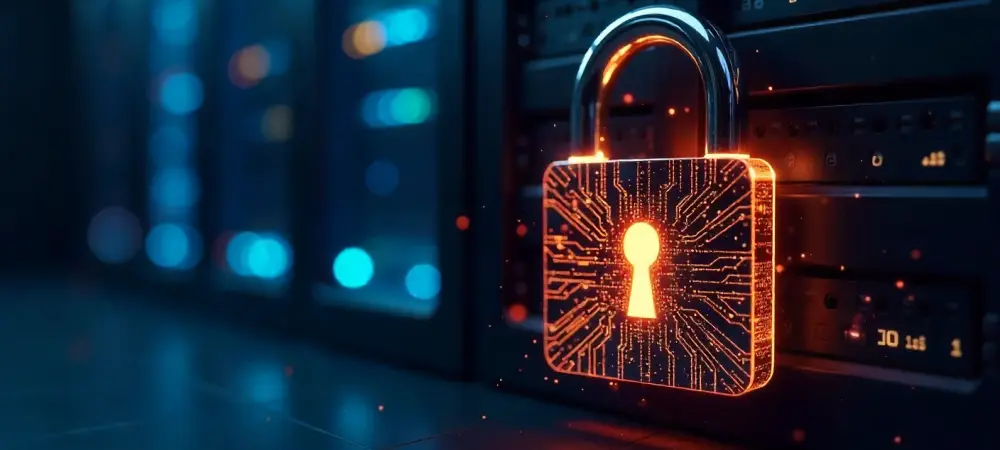At the forefront of the ever-evolving cyber threat landscape, a pressing reminder emerges: cybersecurity vulnerabilities continue to escalate, with recent global statistics indicating that an alarming 60% of data breaches exploit known security gaps lacking timely patches. The critical nature of patching as a defensive strategy against such vulnerabilities cannot be overstated; it serves as a fundamental bastion in protecting sensitive data and infrastructures from exploitation. This article delves into the evolving trajectory of cybersecurity patching strategies, offering insights into historical developments, real-world applications, expert guidance, and future prognostications.
Historical Trajectory and Growth Developments
Origins and Patching Evolution
Tracing the historical development of patching reveals its progression from rudimentary fixes to sophisticated automated updates. Initially, patching entailed manual interventions and rudimentary bug fixes. However, with the advent of networked systems in the late 20th century, the necessity for timely and efficient patch distribution became paramount. By leveraging data, the increased adoption of patch management practices reflects an exponential growth trend—today, organizations are embracing automated patch deployment solutions that were unimaginable in previous decades.
Statistics and Reports on Adoption
Credible reports underscore the burgeoning importance of timely updates in cybersecurity frameworks. For instance, a 2025 report by the National Institute of Standards and Technology (NIST) emphasizes that the systematic adoption of structured patching regimens has reduced successful cyberattack incidents by more than 30% over recent years. Such data highlights a clear trend: enterprises are recognizing and investing in the capacity for rapid response to vulnerabilities as a core component of their cybersecurity arsenal.
Case Studies and Effective Implementation
Preventing Major Cybersecurity Incidents
Illustrative real-world case studies underscore the effectiveness of robust patching practices in thwarting significant cybersecurity incidents. A prime example includes the proactive measures taken by a multinational bank that leveraged automated patching processes to avert a potentially devastating data breach. Through timely updates to their software systems, the bank effectively neutralized threats, safeguarding customer data.
Leaders in Innovation
Certain organizations and technologies stand out as pioneers in implementing innovative patching strategies. Tech giants like Microsoft have embraced cutting-edge patch management tools, setting industry benchmarks for expedited and efficient patch deployment. These practices not only minimize downtime but also exemplify best practices that others in the industry are keen to emulate.
Expert Perspectives and Strategic Insights
Importance and Challenges Highlighted by Experts
Cybersecurity experts consistently emphasize the critical nature of patching within an organization’s defense strategy. Yet, challenges abound—resource constraints, legacy systems, and complex network architectures frequently obstruct seamless patch implementations. Experts contend that cultivating a culture of cybersecurity awareness within organizations is pivotal in mitigating these challenges.
Impact and Benefits of Robust Protocols
From the industry leader perspective, robust patching protocols are not merely a choice but an operational necessity. The strategic foresight in adopting comprehensive patch management solutions ensures not only the protection of critical assets but also enhances an organization’s resilience against emerging threats. The tangible benefits include reduced risk exposure, fortified regulatory compliance, and strengthened stakeholder trust.
Prospective Directions in Patching Practices
Trends in Methodology and Technology Forecasts
Examining anticipated trends in patching technology and methodology reveals a trajectory toward greater automation and integration with AI-driven decision-making tools. The shift toward predictive patching, leveraging machine learning to preemptively address potential vulnerabilities before exploitation, is set to revolutionize industry practices.
Implications and Evolving Threat Landscapes
The dynamic landscape of threats necessitates continuous adaptation in patching strategies. As industries increasingly adopt interconnected smart devices and systems, the implications of rapid technological advancements demand a proactive and agile approach to patching. Ensuring persistent vigilance and adaptability in strategy will remain paramount as threat landscapes continue to evolve.
Reflections and Strategic Call to Action
Reflecting on the trajectory and insights from the article, it is evident that effective patching strategies constitute an integral facet of contemporary cybersecurity measures. The persistence of evolving threats accentuates the necessity for organizations to remain proactive in adopting rigorous patch management practices. As the future beckons, stakeholders across sectors are urged to prioritize security updates and foster an environment of continuous learning and adaptation to mitigate risks effectively. By doing so, they can safeguard valuable data and maintain operational integrity in the face of an ever-changing threat landscape.

